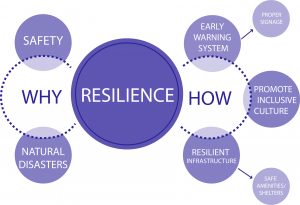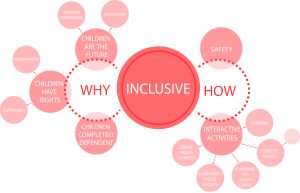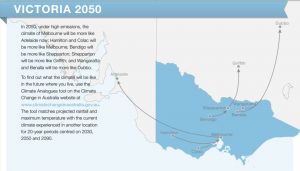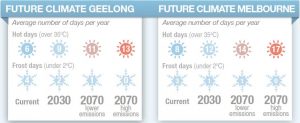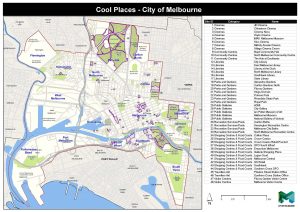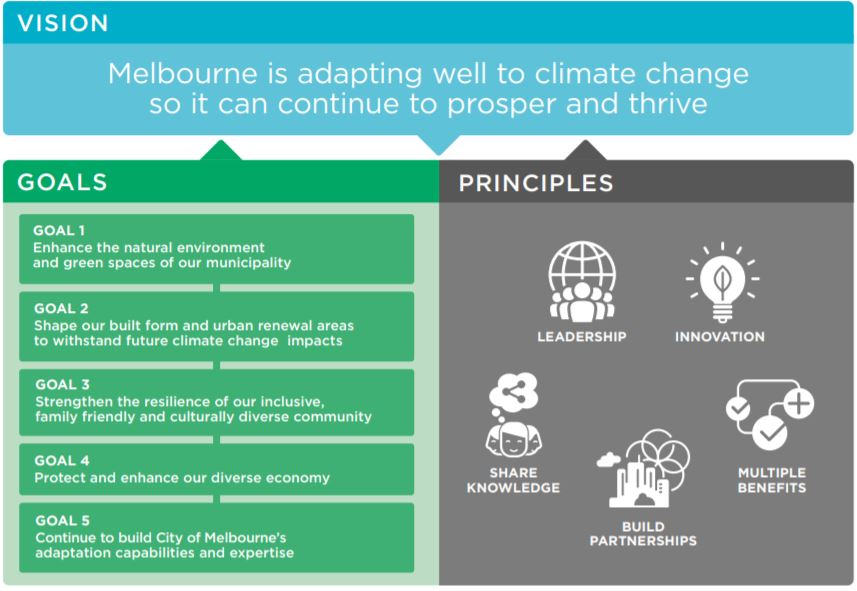![]() Why the Netherlands?
Why the Netherlands?
In 2013, UNICEF rated Dutch children to be happiest in the world, while children in the US were ranked 26, why is that? One might think that this is because they might have expensive objects to play with, or they come from a higher class, but in actuality its the complete opposite. The Netherlands has one of the best education systems in the world, as well as one of the healthiest environment to grow up in. Kids are being raised like equals to their peers, making the community almost free of discrimination or bullying, kids play outside most of the time while feeling safe, are used to receiving second creating a sense of gratitude as a community, there is a strong family bond within the whole country where parents trust their children and vice-versa, hence giving them the freedom to explore their likes and dislikes, and much more. Now, what can we implement in a North American community that might give us similar effects

City Planning![]()
I believe that one big part of the success of the Netherlands is its design. Many Dutch cities are designed to be pedestrian-friendly, inclusive and green. In fact, The Netherlands has a bike “population”of about 880,000 bikes! Believe it or not all these aspects play a role in people’s behavior. People feel safer while being outside and are more aware of their environment due to the government’s implementation of green infrastructures around cities. Because of this children are able to spend quality time outside and bring positivity to the classroom and their homes. Pair these aspects with families acceptance of their kid’s individuality and allowing them the freedom to express it, as well as teaching gratefulness for the simple things and that is a formula for success! Watch the video below for a closer insight on the life of a dutch family.
 CHANGE YOUR MINDSET!
CHANGE YOUR MINDSET!
Now that we have a happy community, the next challenge is to preserve their homes. We all know that climate change is unpredictable and an issue that needs addressing immediately. Something we can learn from the Netherlands is their attitude towards it. They see climate change as an opportunity for improvement and embrace it. A major way they have already started doing so is building with the sea level in mind, and building houses in the water, on platforms that have the ability to change levels along with the sea. If we were to start by adapting the Dutch attitude about climate change into the way we design, there are no questions communities would experience exponential benefits. To know more in detail about how The Netherlands manages climate change issues click here!
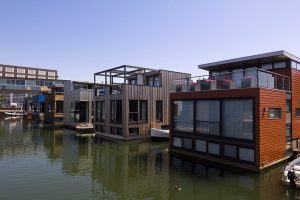
Floating houses of the Netherlands
References:
Hutchison, Rina Mae Acosta; Michele. “They Raise the World’s Happiest Children – so Is It Time You Went Dutch?” The Telegraph, Telegraph Media Group, 13 July 2018, https://www.telegraph.co.uk/family/parenting/raise-worlds-happiest-children-time-went-dutch/.
Mecking, Olga. “Are the Floating Houses of the Netherlands a Solution Against the Rising Seas?” Pacific Standard, 21 Aug. 2017, https://psmag.com/environment/are-the-floating-houses-of-the-netherlands-a-solution-against-the-rising-seas.
